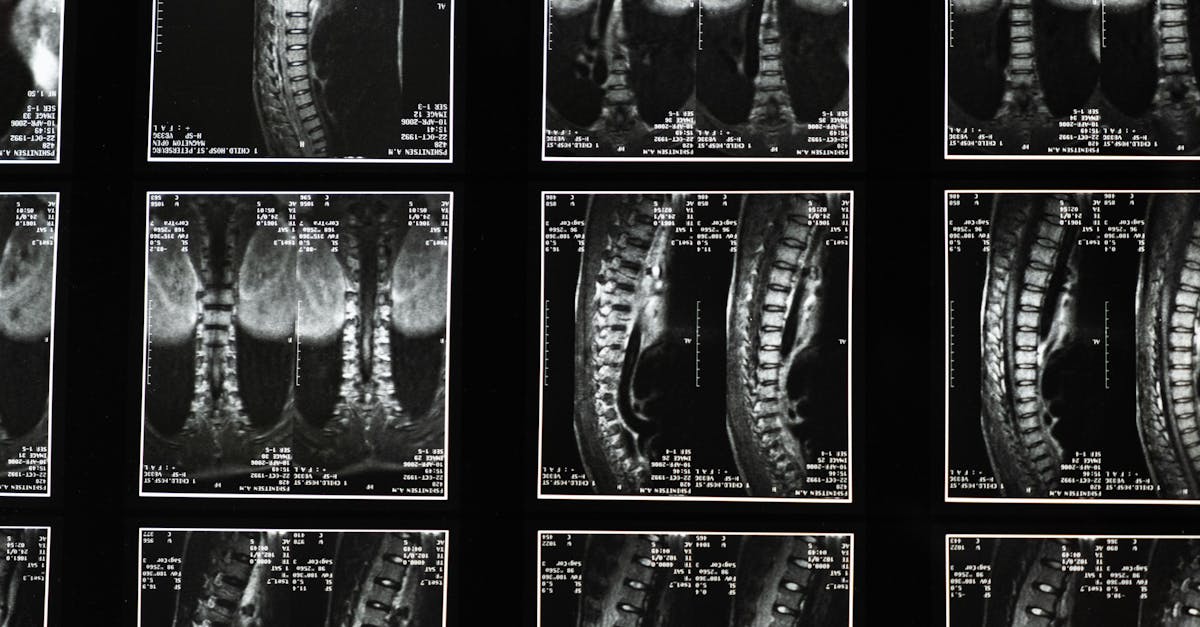
How Posture and Ergonomics Impact Your Back and Neck Health in 2025
Did you know that poor posture and improper ergonomics are common contributors to back and neck discomfort? Many adults experience symptoms like neck stiffness or lower back pain due to daily habits that strain muscles and joints. Understanding how your posture and ergonomic setup affect your spine is essential for safe self-care before consulting a clinician.
This article offers clear, evidence-informed insights into the causes and risks associated with posture-related issues. We’ll also cover practical strategies you can use at home for relief, plus guidance on when to seek professional help.
Understanding Causes & Anatomy Behind Posture Problems
Your spine is a complex structure made up of bones, discs, muscles, and nerves that work together to support your body’s weight and movement. Poor posture—such as slouching or craning your neck forward—can lead to conditions like cervical radiculopathy, where nerve roots in the neck become irritated or compressed. Repeated stress may also cause an annular tear in spinal discs or contribute to paraspinal muscle strain, which refers to injury of the muscles that support the spine.
Furthermore, sitting for long periods often causes thoracic stiffness, limiting mobility in the upper back and increasing discomfort. These cumulative effects emphasize why good posture and ergonomics are critical for spine health.
Recognizing Symptoms & Risk Factors
Posture and ergonomic problems can lead to symptoms like:
- Neck or back pain that worsens with certain movements
- Muscle tightness and stiffness, especially in the thoracic area
- Radiating pain, numbness, or tingling in the arms due to nerve irritation
- Increased fatigue during daily activities involving sitting or lifting
Risk factors include prolonged computer use without breaks, awkward sleeping positions, and incorrect lifting techniques. Being aware of these can help you take early action.
Safe At-Home Relief Strategies
Before seeing a healthcare professional, you can try several self-care approaches to ease pain and improve mobility. These include:
- Modifying activities to reduce strain—avoid prolonged sitting; take short breaks to stand and stretch
- Applying heat or ice packs to sore areas for 15-20 minutes to reduce inflammation and muscle tension
- Engaging in gentle mobility exercises, like neck rotations and side bends, to prevent stiffness
Additionally, adopting proper desk setup and lifting mechanics can make a big difference in reducing ongoing stress on your spine.
Evidence-Informed Exercises for Posture Improvement
Integrating targeted movements can strengthen key muscles and promote spinal alignment. Some recommended exercises include:
- Chin tucks: Help correct forward head posture by strengthening neck flexors
- Thoracic extensions: Improve mobility in the upper back, combating thoracic stiffness
- McKenzie extension exercises: Gentle back extensions that may relieve disc-related discomfort
- Core stabilization routines: Enhance support around your lumbar spine to reduce paraspinal strain
Consistency and proper form are essential. If uncertain, consider guidance from physical therapists who specialize in posture correction and spine health.
Posture and Ergonomics: Optimizing Your Environment
Setting up your workspace thoughtfully can greatly influence your spinal wellbeing. Here are practical tips:
- Use an ergonomic chair that supports natural spinal curves and allows feet flat on the floor
- Position your computer monitor at eye level to avoid neck flexion
- Keep your keyboard and mouse within easy reach to prevent reaching or twisting
- Practice safe lifting mechanics by bending at the knees, not the waist, and holding objects close to your body
Implementing these adjustments can reduce the risks associated with poor posture and help prevent conditions like annular tear or paraspinal muscle strain.
Professional Treatments and When They Are Needed
If pain persists or worsens despite self-care, professional evaluation is important. Physical therapists and chiropractors can tailor treatments which may include manual therapy and guided exercises. In some cases, imaging studies are necessary to rule out serious conditions.
Minimally invasive spine procedures may be considered for certain structural problems not responsive to conservative care. It’s crucial to consult specialists who can assess individual risks and benefits.
Lifestyle & Prevention Tips for Long-Term Relief
Maintaining spine health requires daily habits beyond sitting posture. Consider these recommendations:
- Choose a supportive sleep surface and pillow that keep your spine aligned
- Incorporate regular walking programs to enhance circulation and reduce stiffness
- Manage stress through relaxation techniques to prevent muscle tension
By adopting these lifestyle measures, you decrease the likelihood of developing chronic issues like thoracic stiffness and other ergonomic-related disorders.
When to Seek Medical Care
Seek prompt evaluation if you experience:
- Sudden numbness, weakness, or loss of coordination
- Loss of bladder or bowel control
- Severe trauma to your back or neck
- Fever with spine pain, which may indicate infection
These symptoms could signal serious underlying conditions requiring immediate attention.
Conclusion
Understanding and improving your posture and ergonomics can significantly lessen the likelihood of back and neck pain related to everyday activities. By recognizing early symptoms, applying safe at-home relief, and incorporating exercises like McKenzie extension exercises, you promote spinal health and comfort. Remember, persistent or severe symptoms need professional assessment to ensure appropriate care.
Explore more guides on Back & Neck Pain Relief to continue building your knowledge and take control of your spine health.
Medical Disclaimer: This article is for informational purposes only and does not substitute professional medical advice, diagnosis, or treatment.